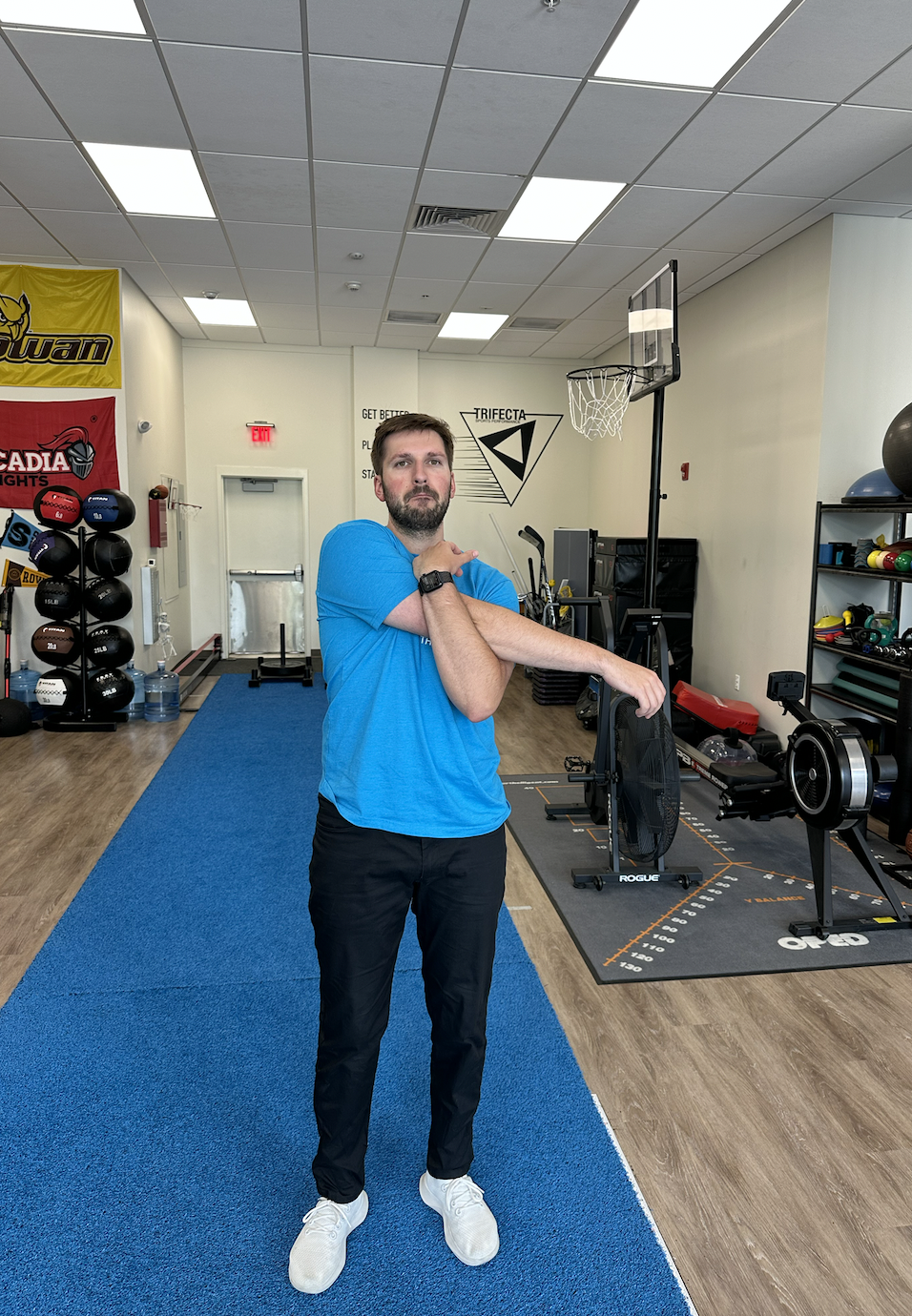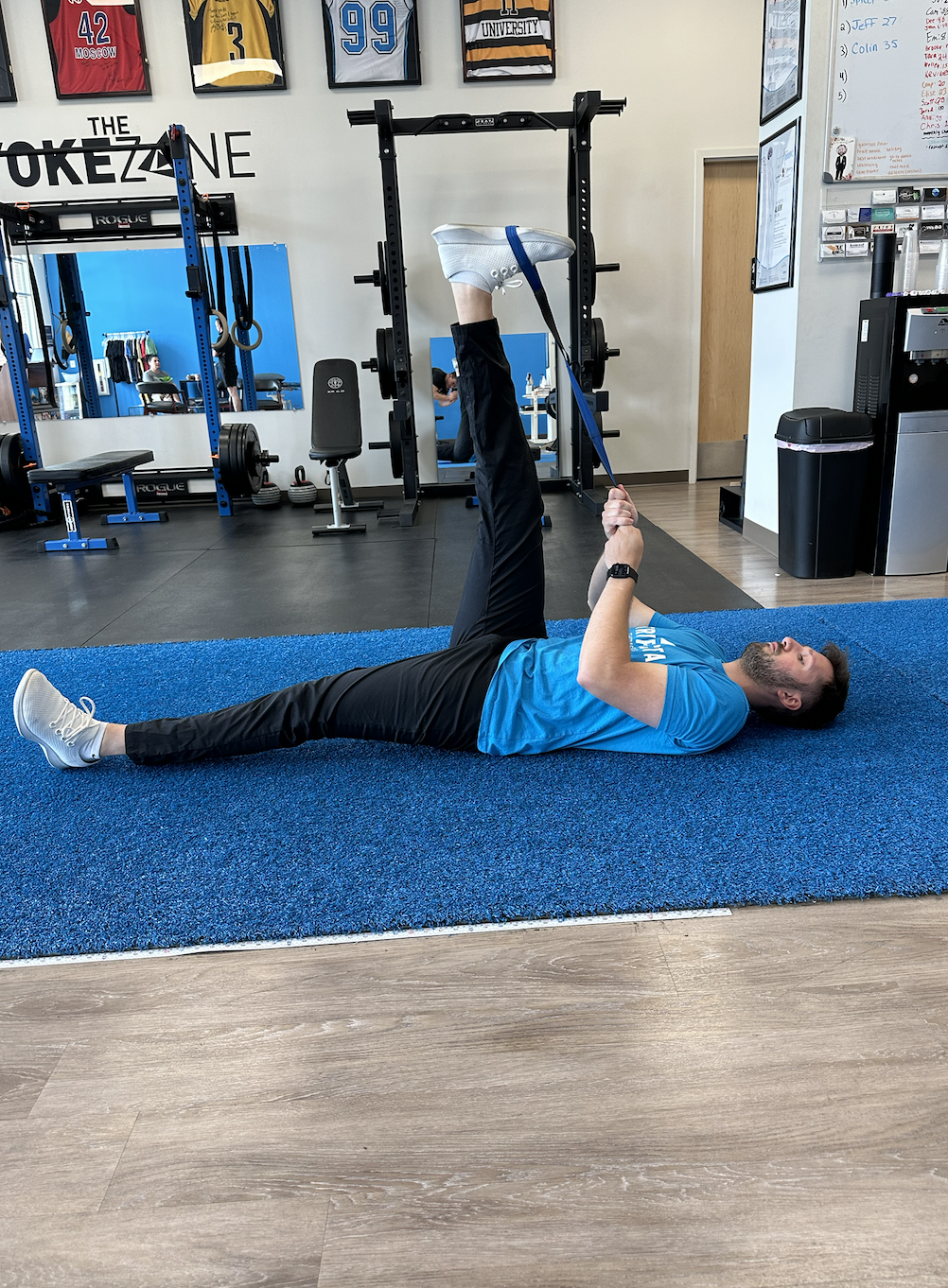Unleashing Baseball Performance: The Power of Effective Warm-up Routines
Introduction
In the dynamic and physically demanding sport of baseball, a comprehensive warm-up routine is essential to optimize performance and prevent injuries. While cardiovascular exercises and mobility drills play a crucial role, incorporating different types of stretching exercises into your warm-up can significantly benefit baseball players. This blog post aims to explore various stretching techniques that can be incorporated into a baseball warm-up routine, helping players enhance their overall readiness for the game.
Reflecting on my time playing baseball at Millville High School (go Bolts!), I often find myself appreciating the lessons learned. While hindsight is said to be 20/20, as a future healthcare provider and aspiring physical therapist, I am driven to share my knowledge and help others understand the pivotal role of effective warm-up routines in baseball. In this blog post, we will explore the significance of proper warm-ups and how they can immediately elevate performance on the field.
Dynamic Stretching
Dynamic stretching involves moving parts of your body through a full range of motion to increase blood flow, raise body temperature, and improve neuromuscular function. Incorporating dynamic stretches into your baseball warm-up can prepare your muscles and joints for the explosive movements required during the game.
Static Stretching
Static stretching involves holding a stretch position for a certain period, typically 15-30 seconds, to elongate the muscle fibers. While dynamic stretching is more suitable for warming up, incorporating a few static stretches after your dynamic warm-up can improve flexibility and joint mobility. However, it's important to avoid static stretching immediately before a game or intense practice, as it may temporarily decrease muscle power. Here are a few static stretches beneficial for baseball warm-up
Which is Optimal?
In terms of optimizing performance outcomes, numerous studies have investigated the effects of different stretching methods, specifically dynamic stretching versus static stretching. These studies consistently indicate that dynamic stretching tends to have a more positive impact on muscle power and overall performance.
One particular study focused on collegiate-level baseball players, and its findings strongly support the superiority of dynamic stretching. The results revealed a significant improvement in vertical and long jump distances following dynamic stretching, while static stretching led to reduced performance.
In today's era where athletes are continuously pushing their limits, the margin between success and falling short can be incredibly slim. Gaining those extra inches, a few more feet on a hit, or a slight increase in velocity can make a substantial difference. Therefore, understanding the benefits of dynamic stretching and incorporating it into your warm-up routine can be a game-changer. By optimizing muscle power and performance, dynamic stretching can provide you with that competitive edge over your opponents.
Remember, as a baseball player, your ultimate goal is to perform at your best, and embracing evidence-based strategies like dynamic stretching can help you achieve just that.
Example Warm-up Routine
1. Straight Leg March with Skips: Engage your lower body and boost coordination by performing straight leg marches followed by skips. This dynamic movement will enhance blood flow and prepare your muscles for action.
2. Drop Step: For outfielders looking to enhance their agility and reaction time, incorporating drop steps into your warm-up routine is essential. Practice quick and controlled movements, simulating game scenarios to sharpen your fielding skills.
3. Forward Lunge with Rotation: This exercise enhances mobility and prepares your muscles for multi-directional movements on the field.
4. Lateral Lunge: Enhance your lateral movement and flexibility by incorporating lateral lunges into your warm-up routine.
5. Sprints (70-80% Effort): Incorporate short sprints into your warm-up to elevate your heart rate and activate your fast-twitch muscle fibers. Sprint at a moderate intensity, around 70-80% of your maximum effort, to simulate game-like bursts of speed.
6. Straight and Lateral Movements: Perform quick and explosive straight sprints followed by lateral shuffles to improve your speed and agility in multiple directions. Emphasize proper technique and quick footwork during these movements.
7. Banded 90/90 Overhead Press: Crucial for throwing and swinging, helps to engage and prep the shoulder for overhead movements.
8. T's and Y's: These exercises target the upper back and shoulder muscles, some of the most crucial muscles for overhead athletes.
9. Wall Slides: Stand against a wall and gradually slide your arms up and down, focusing on maintaining contact with the wall throughout the movement.
By: Paul Harris, SPT
References
Frantz, Travis L; Ruiz, Matthew D. Effects of Dynamic Warm-up on Lower Body Explosiveness Among Collegiate Baseball Players. Journal of Strength and Conditioning Research 25(11):p 2985-2990, November 2011. | DOI: 10.1519/JSC.0b013e31820f509b
McCrary JM, Ackermann BJ, Halaki MA systematic review of the effects of upper body warm-up on performance and injury British Journal of Sports Medicine 2015;49:935-942.
Stretching. Physiopedia. (n.d.). https://www.physio-pedia.com/Stretching




